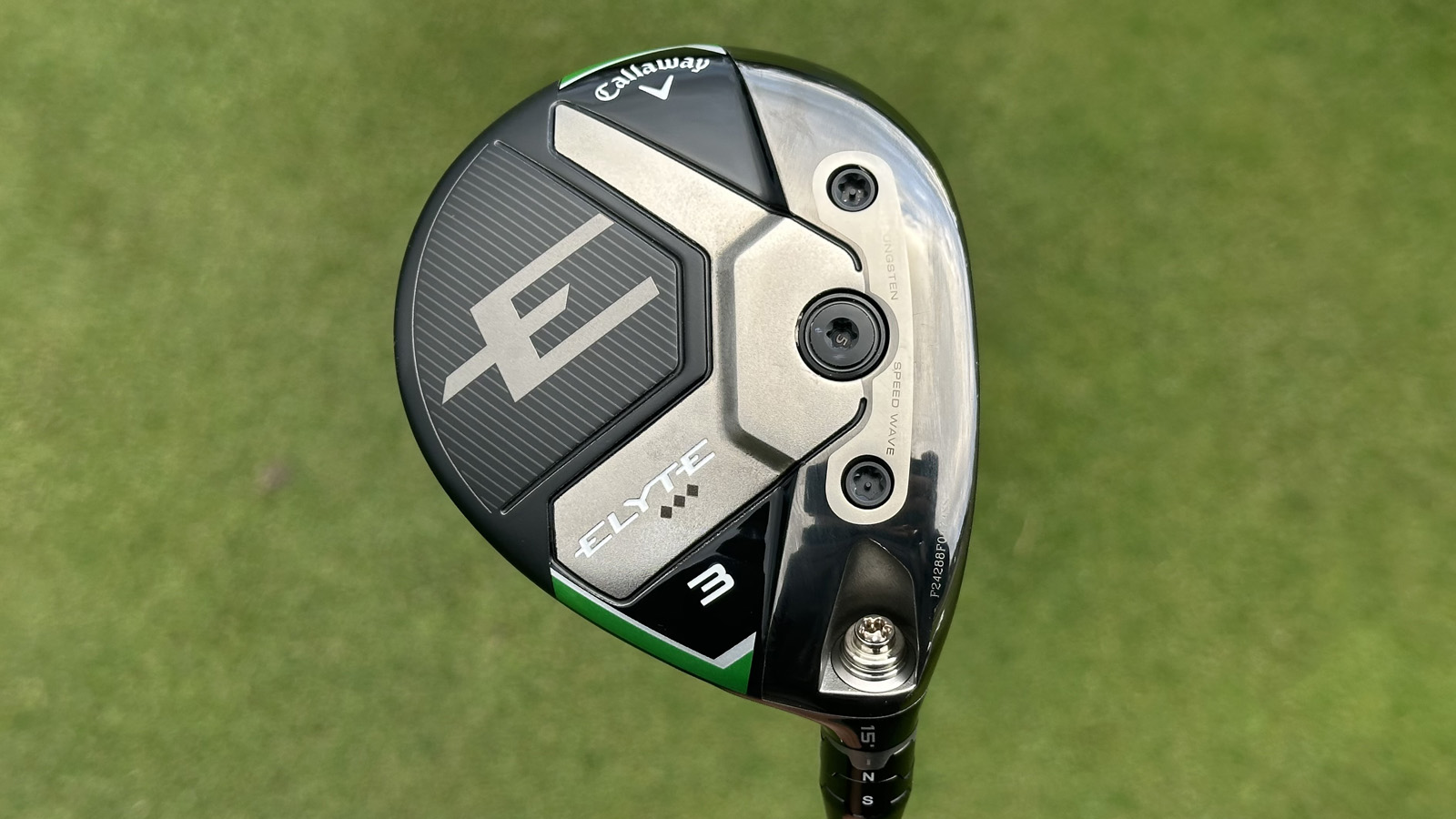
There are three new fairway wood models in the new Callaway Elyte lineup and the the Elyte Triple Diamond is the compact-looking model tailored towards the better player. As someone who likes a powerful three-wood that offers a penetrative flight, I was extremely excited to get over to Foresight Sports HQ in Guildford where I would get some quantifiable data using a GCQuad launch monitor before heading onto the golf course and testing this model in a few different situations.
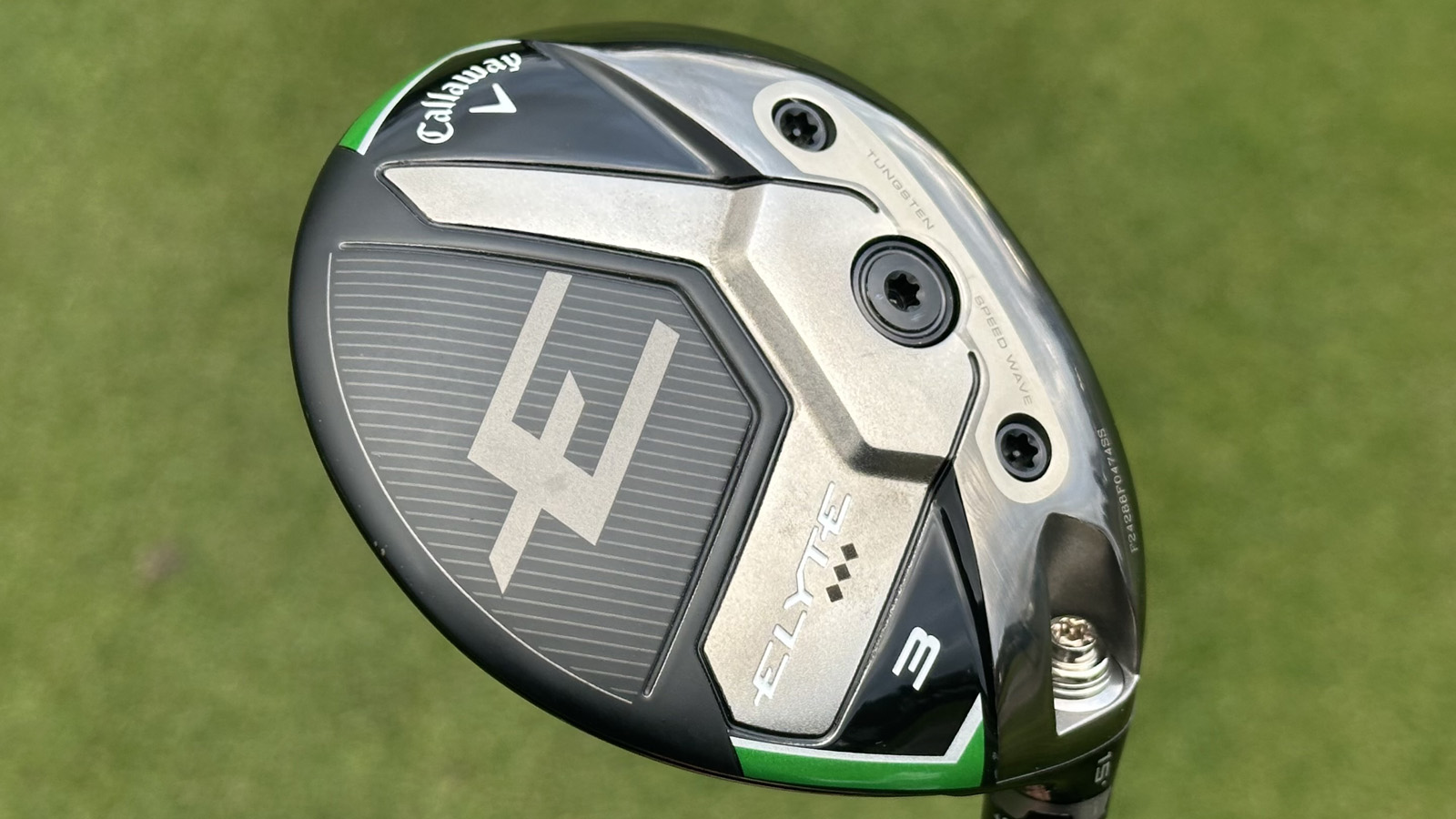
One of the first things worth mentioning is that the Triple Diamond fairway wood is presented in a gloss black head as opposed to the matte carbon fiber crown found on the standard Elyte and Elyte X models. While the best fairway woods are roughly split between gloss and matte, I think it does make the head look a little more compact due to no change in the material on the banner running along the top of the face. I'm not sure why they differ and can only presume the reason is tour player feedback.
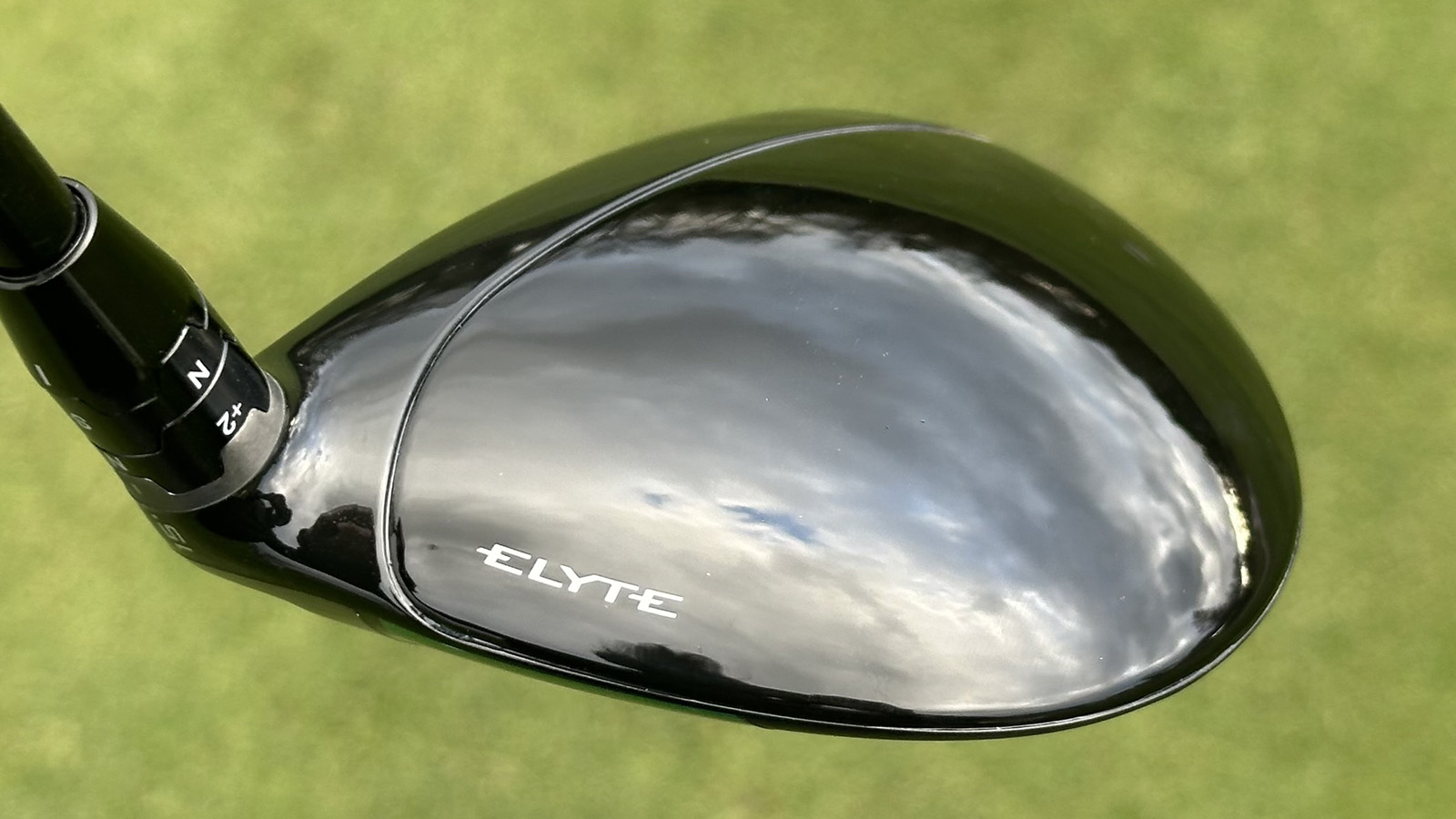
While I think this fairway wood does look good down behind the ball, the jury is out on whether or not it beats the look of the other two models. I did notice the face is noticeably deeper than the two more forgiving models, which is a design feature Callaway has implemented to help with control and workability. After getting my data inside on one of the best launch monitors using the new Titleist Pro V1x golf balls (my ball of choice) I headed out to the golf course to get a better understanding of the acoustics of the club and whether controlling the ball was as easy when battling the elements compared to being in a studio.
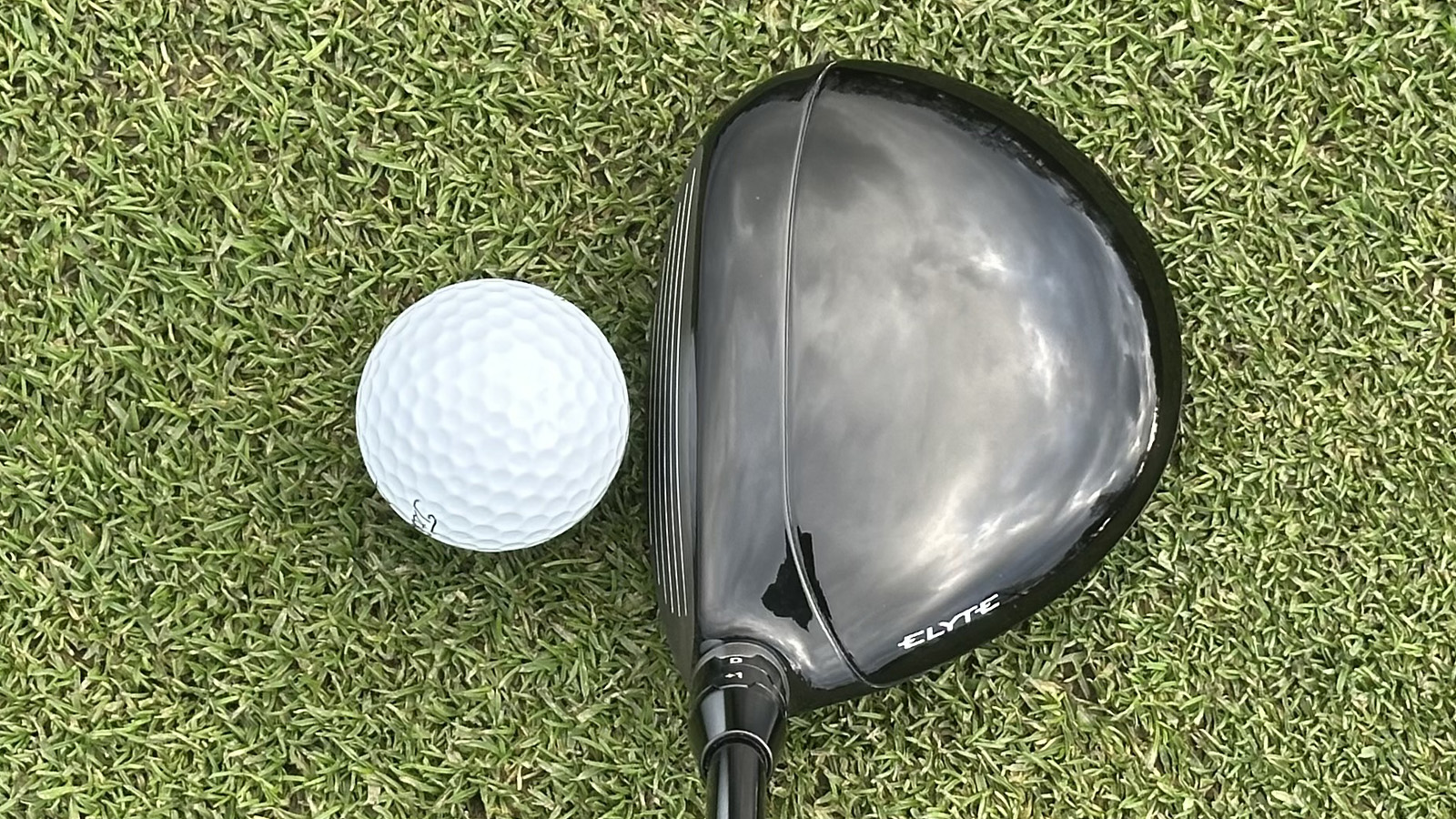
Having tested the Triple Diamond directly after the standard Elyte fairway wood, I noticed straight away how much firmer the former was off the face. It felt as though there was considerably less compression with the ball and while that gave the initial impression of fast ball speed, I was actually 1mph slower with the Triple Diamond with an average of 154mph. What I drew from the data was that, the good was good and the bad was bad. My best strike carried 264 yards with a total of 289 yards - the longest of the three models by far - but there was so much variance on distance on mishits. Despite a new Ai 10x Smart Face, I found the off-center strikes to be too costly both from front to back and side to side dispersion. There certainly didn’t seem to be the stability on offer that I received from both the Elyte X fairway wood and the regular Elyte head.
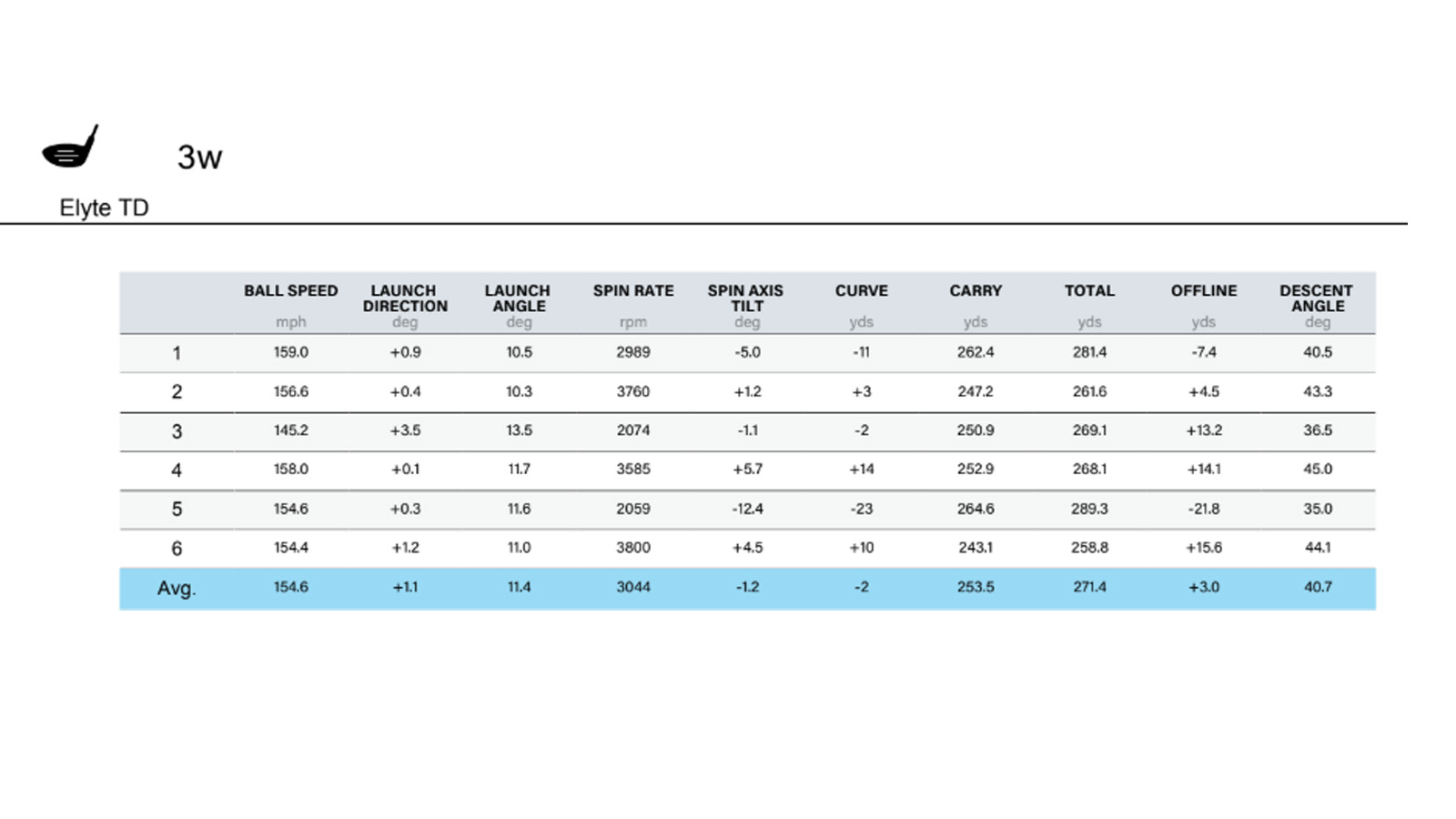
Much of the same technology is used on all three of the fairway wood heads in the range such as the Smart Wave tungsten weight placed behind the face for enhanced ball speeds and the new Step Sole design I found particularly beneficial when testing the standard Elyte fairway wood. The Triple Diamond model does feature a removable weight on the sole just behind the Speed Wave which brings the CG of this club even further forward to help lower the flight and spin. Saying that, I found it only spun and launched marginally less than the regular model and while I did manage to produce some strong, piercing ball flights when hitting off a tee on the golf course, I found there was very little difference in height and spin when striking the ball from the ground.
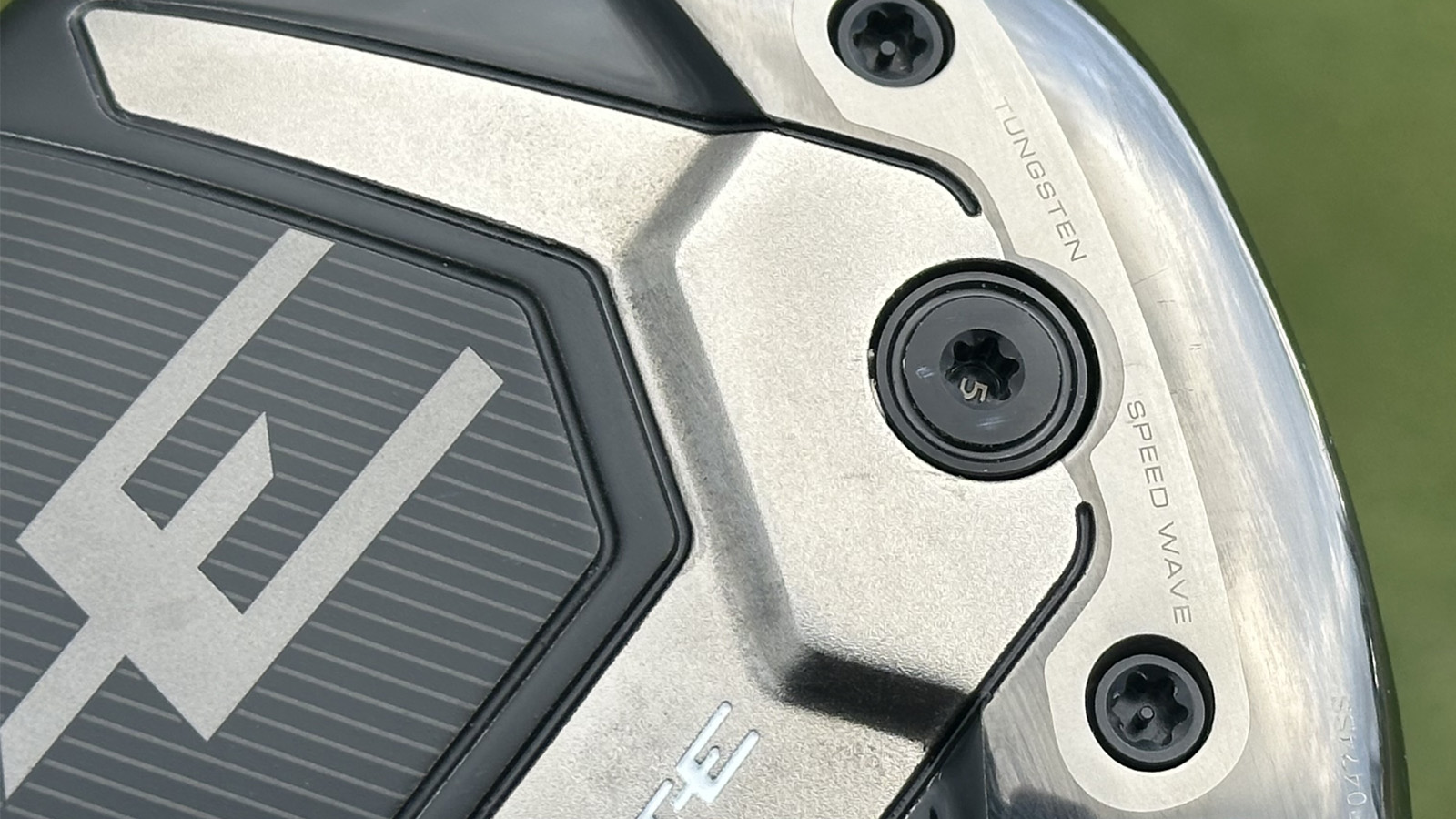
While the Triple Diamond no doubt has a place among elite amateurs and professional golfers, I didn’t find there was enough to be gained in feel, distance and trajectory control, compared to what was lost when it came to stability and forgiveness, especially given it comes to retail at a higher price of $449/£359.
As a +3 handicap golfer and someone who swings their fairway wood around the 111mph mark, I would opt for the standard Elyte model over the Triple Diamond. If you need something more confidence-inspiring with a shallower face, the Elyte X is a great option or I would urge you to look into some of the other most forgiving fairway wood models.







